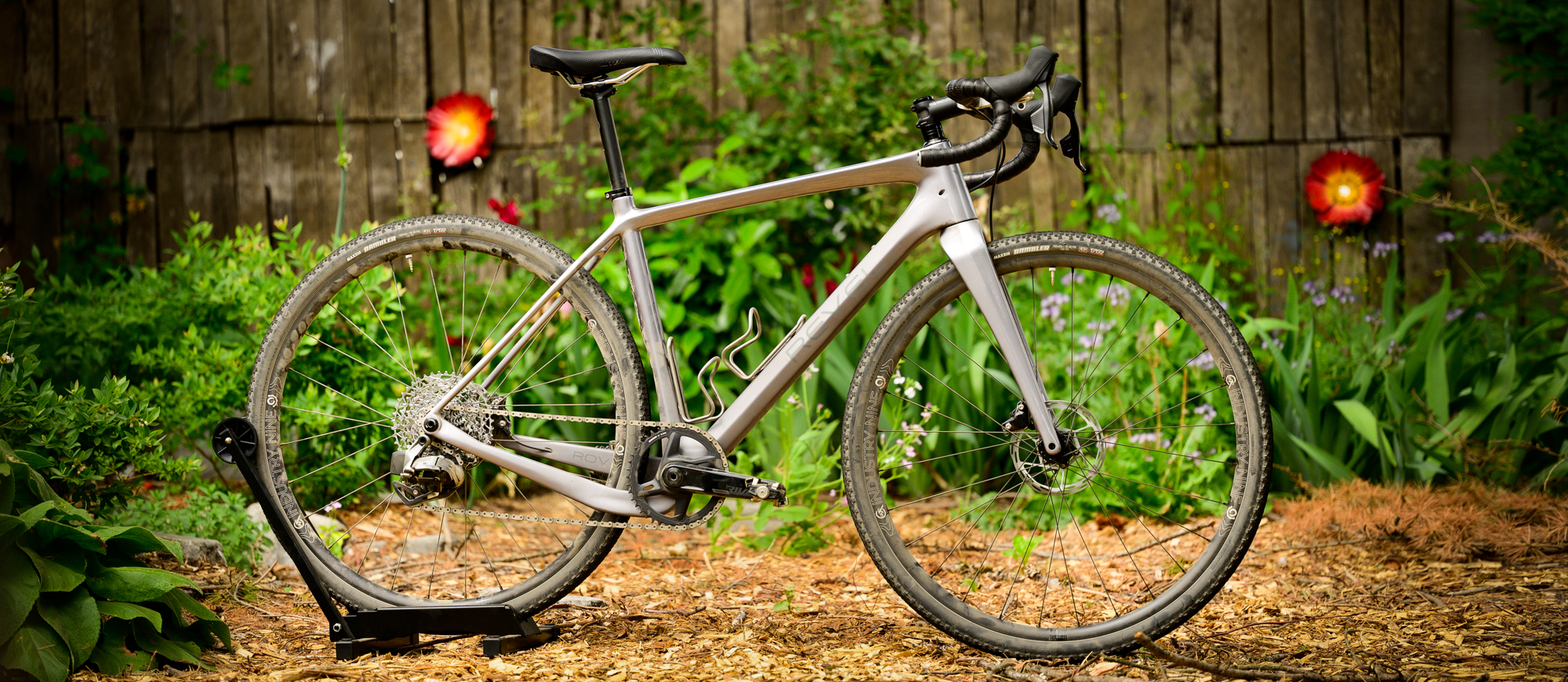Cyclingnews Verdict
If you are looking for a smooth ride, the Revel Rover nails it. It’s not a gravel race bike and it’s not a quiver killer. Instead, this is a bike designed to be fun in the dirt. It can move if you ask it to but it’s more about enjoying a few hours with friends. You’ll just have to decide if that sounds appealing to you and if you are willing to pay the price for that.
Pros
- +
Four sets of bottle mounts
- +
Incredibly smooth carbon layup
- +
Clearance for up to 700x50mm tyres
- +
Lightweight
- +
Smart gearing choice
Cons
- -
Expensive
- -
The smooth ride feels muted on the road
- -
Lacks bento box mounts
You can trust Cyclingnews
Each time I write a new review covering a gravel bike, I tend to explain what a huge range you can find. Just look at our best gravel bikes buyers guide and you'll spot options aimed at gravel racing, bikepacking, and adventure riding. Despite that, I still find myself genuinely surprised riding new options with a focus that's different from what I've seen before. The Revel Rover is one of those bikes. It comes from a mountain bike brand and brings with it a unique take on what gravel cyclists might want.
Price: $5,499
Size: Medium
Weight: 8680 grams ready to ride including 441 gram Garmin Rally XC200 pedals
Groupset: SRAM Rival AXS
Wheels: Industry Nine 1/1 GRCX 700c Centerlock
Brakes: Rival Hydraulic
Bar/stem: Zipp Alloy in 44cm width/Easton Aluminum in 90mm length
Seatpost: Revel Carbon
Saddle: WTB Volt CroMo Black
Unique doesn't mean better though, is the Revel Rover worth your consideration? With something this different, that question is bigger than usual. It's certainly not a quiver killer and it's far from boring but what does it do well and who does that make sense for?
With those questions in mind, I've put the Revel Rover to the test. I spent time on pavement in the flats and climbing, I spent time on smooth gravel and rough gravel both climbing and descending, and now that I've got a feel for it I'm ready to share the details. If you are thinking about a new gravel bike this year, and you want to consider something different, keep reading to see if the Revel Rover is the right option for you.
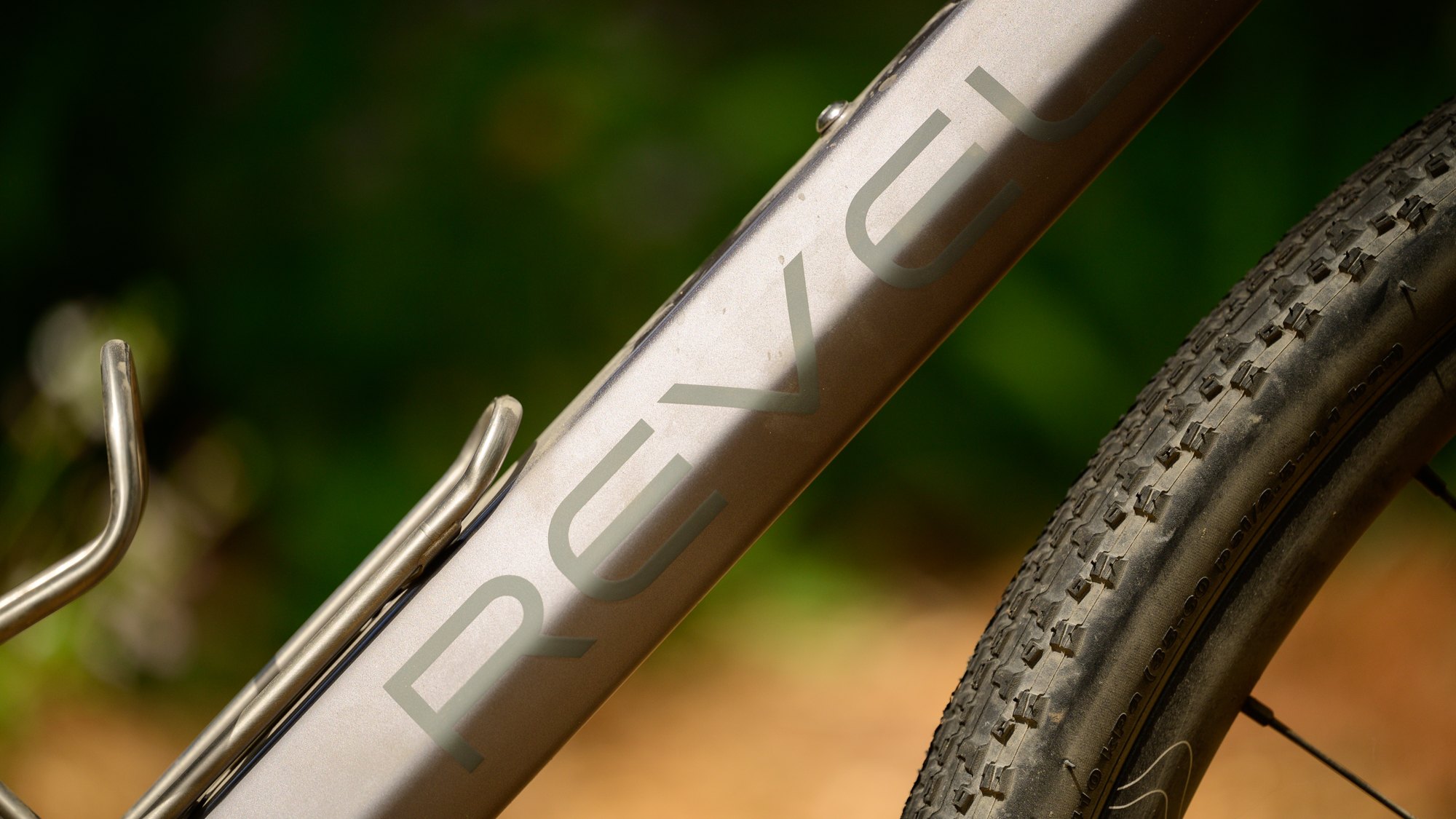
Design and aesthetics
Hailing from Carbondale Colorado, Revel is a company known for making full-suspension mountain bikes. It's so pervasive that the template for the website lists suspension travel for every bike even if it's 0mm. Sure, you can find a few options on the website that are different but those aren't really Revel bikes. Instead, sister brand Why Cycles handles titanium frames and some of them find themselves filling out the lineup on the Revel website. Up until the end of 2021, that was true of the gravel category as well. That's when the Revel Rover hit the market representing a true expression of the Revel brand in the form of a carbon fibre gravel bike.
The Rover allowed the engineers to free themselves from the constraints of metal frames and build the bike they wanted. In many ways what that looks like is the anti-modern gravel bike. There's no aerodynamic shaping and the headtube looks an awful lot like the titanium headtube on the R+ that Revel considers the predecessor to the Rover. The downtube is big but it's not massive enough to consider in-frame storage. It's also not round.
Instead of round tubes, much of the Revel Rover uses faceted tubes. The most noticeable spots are at the front of the bike. You can see the angles that come together to make a tube in the front fork and the downtube with only a quick glance. Look closely though and you'll see it everywhere. The top tube is flat across the top but look underneath and it's not round there either. The tube angles down and narrows out as it heads toward the seat tube but the three facets that create the bottom stay relatively unchanged.
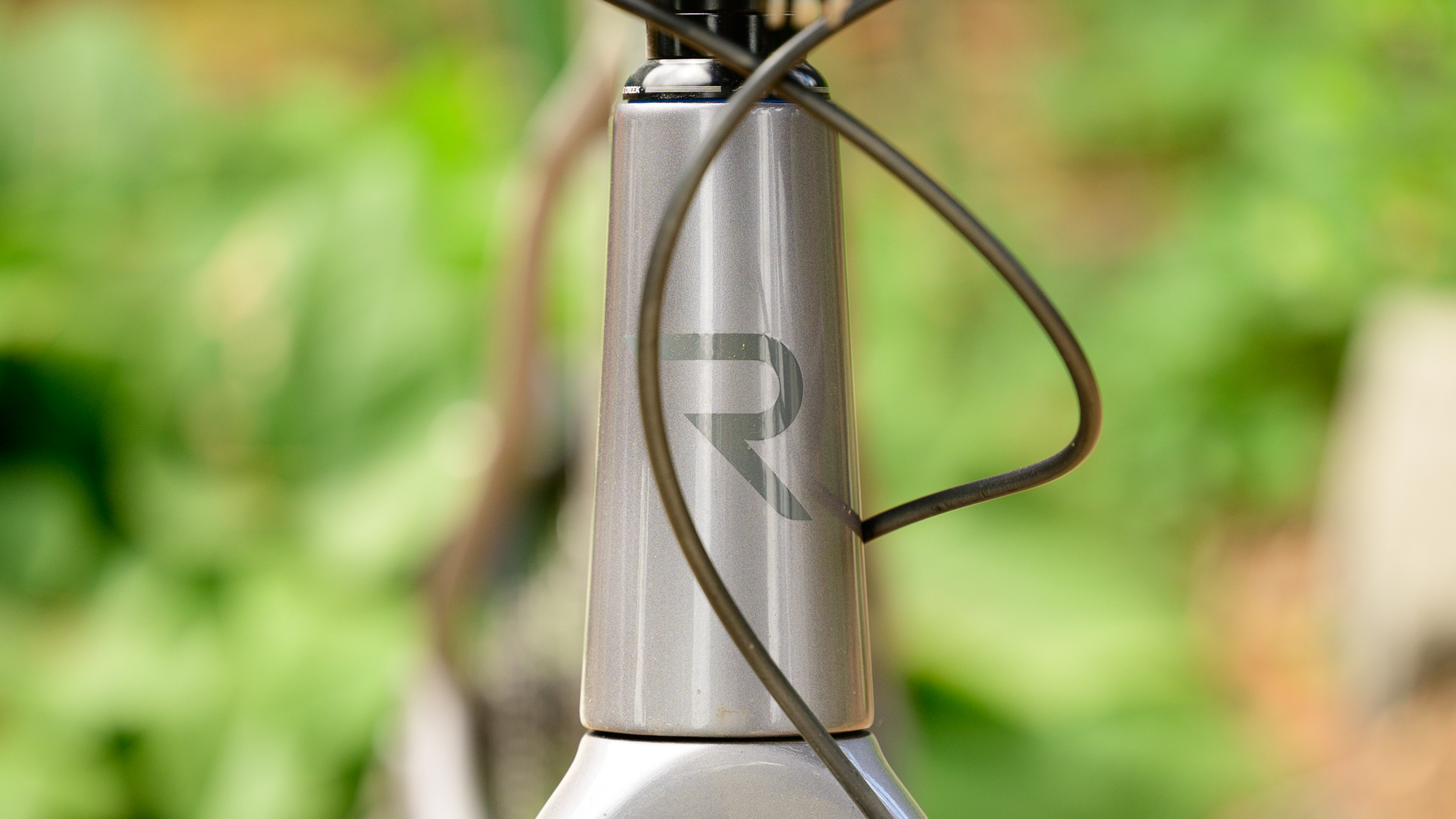
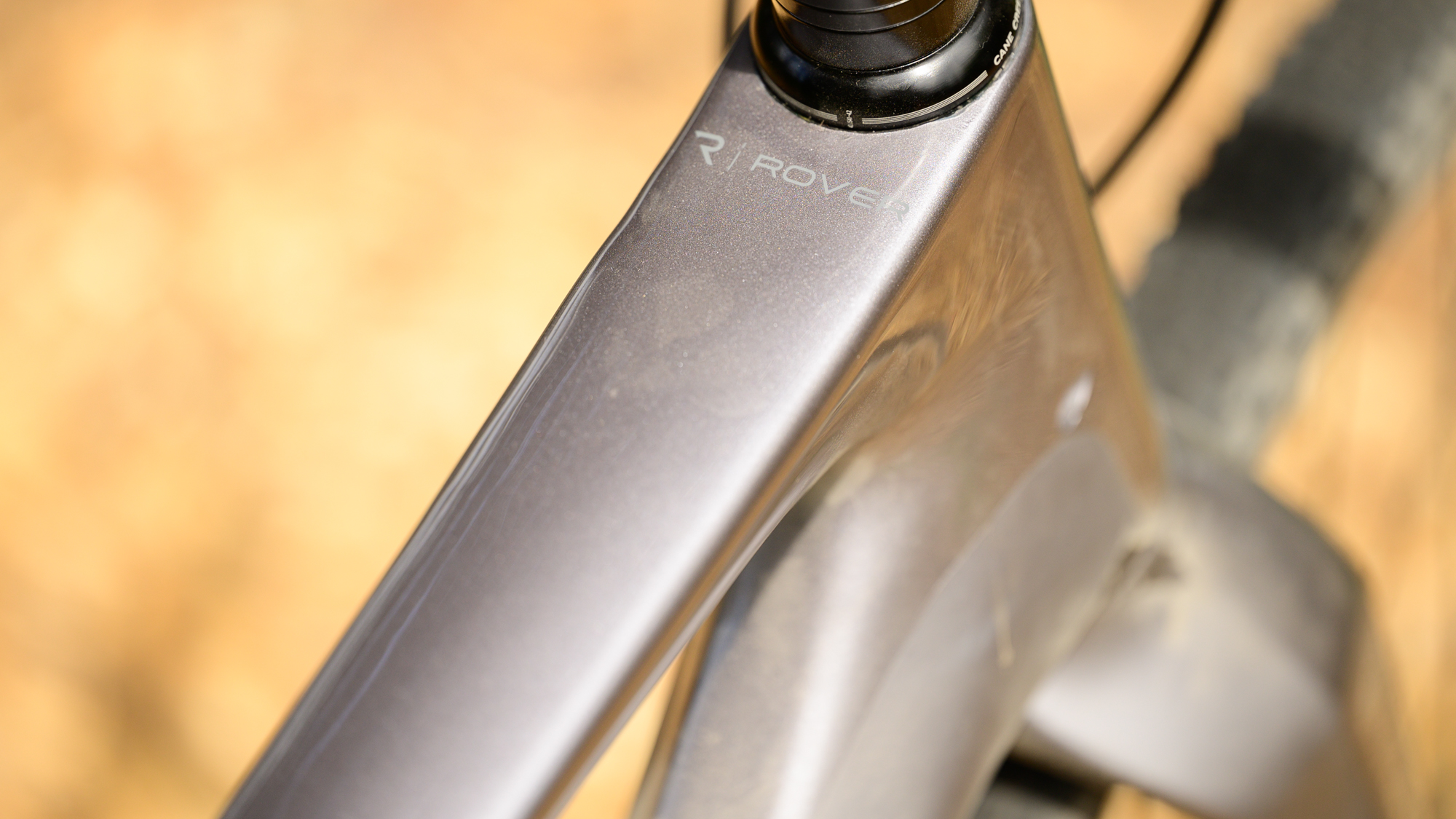
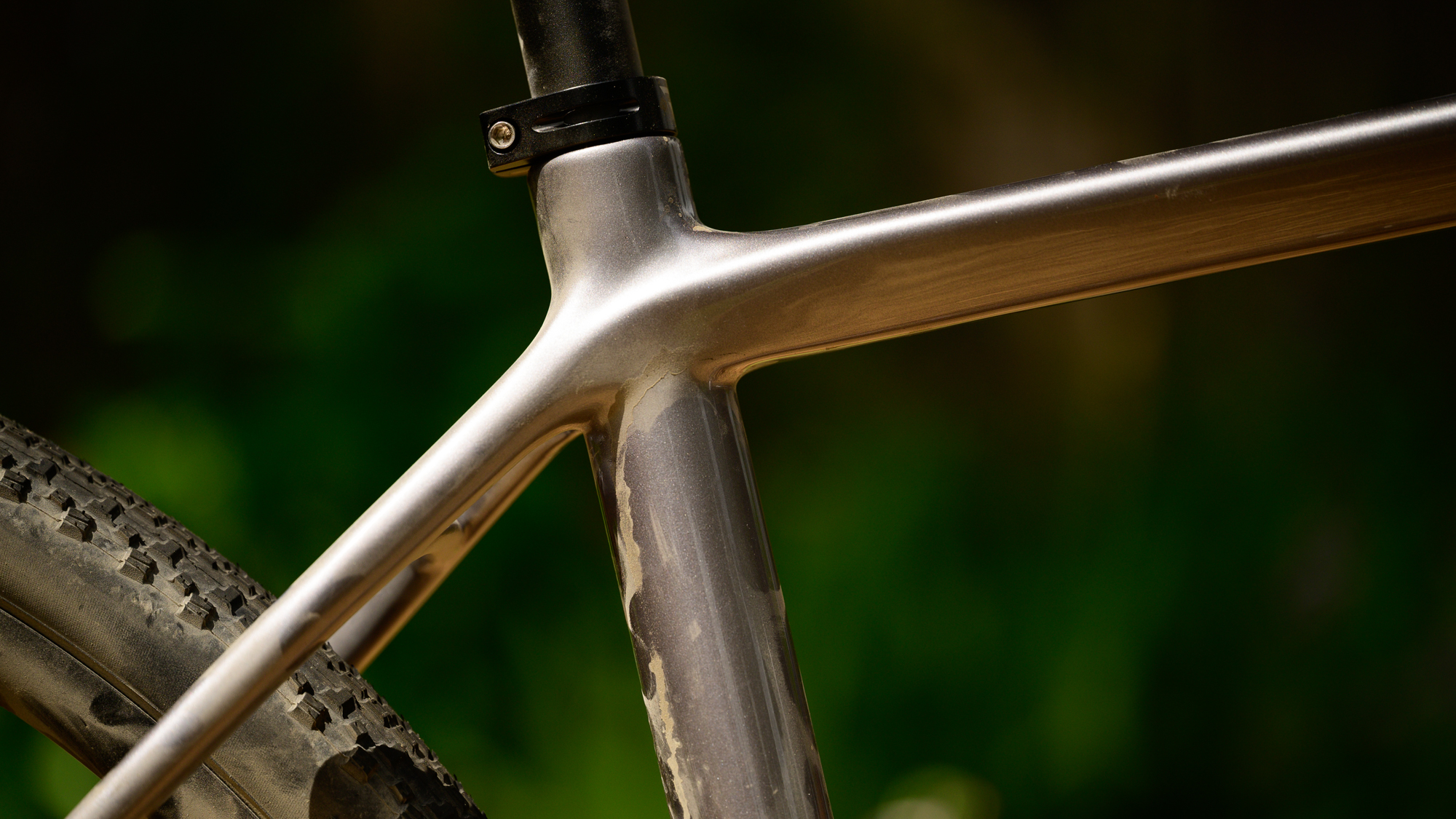
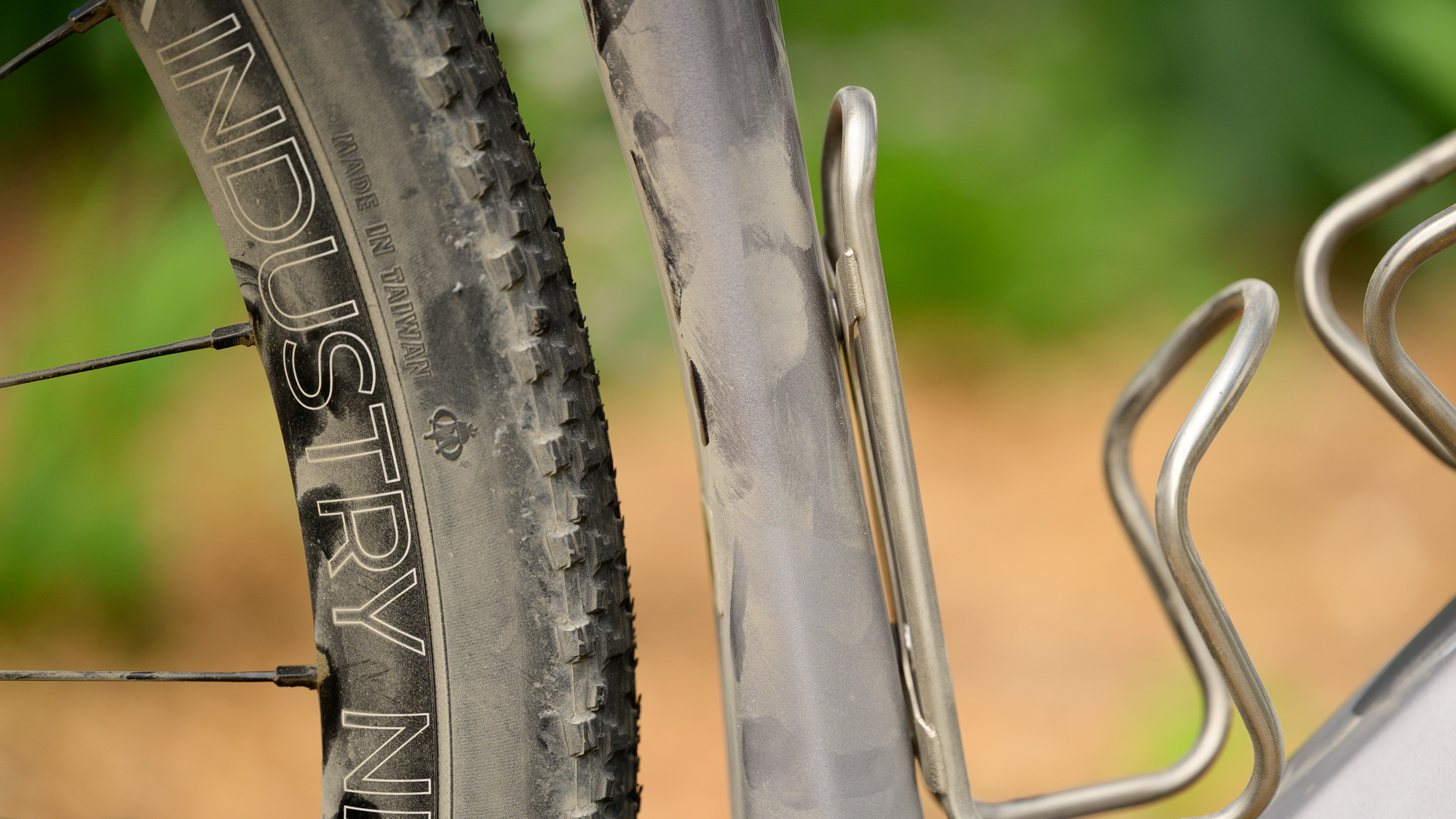
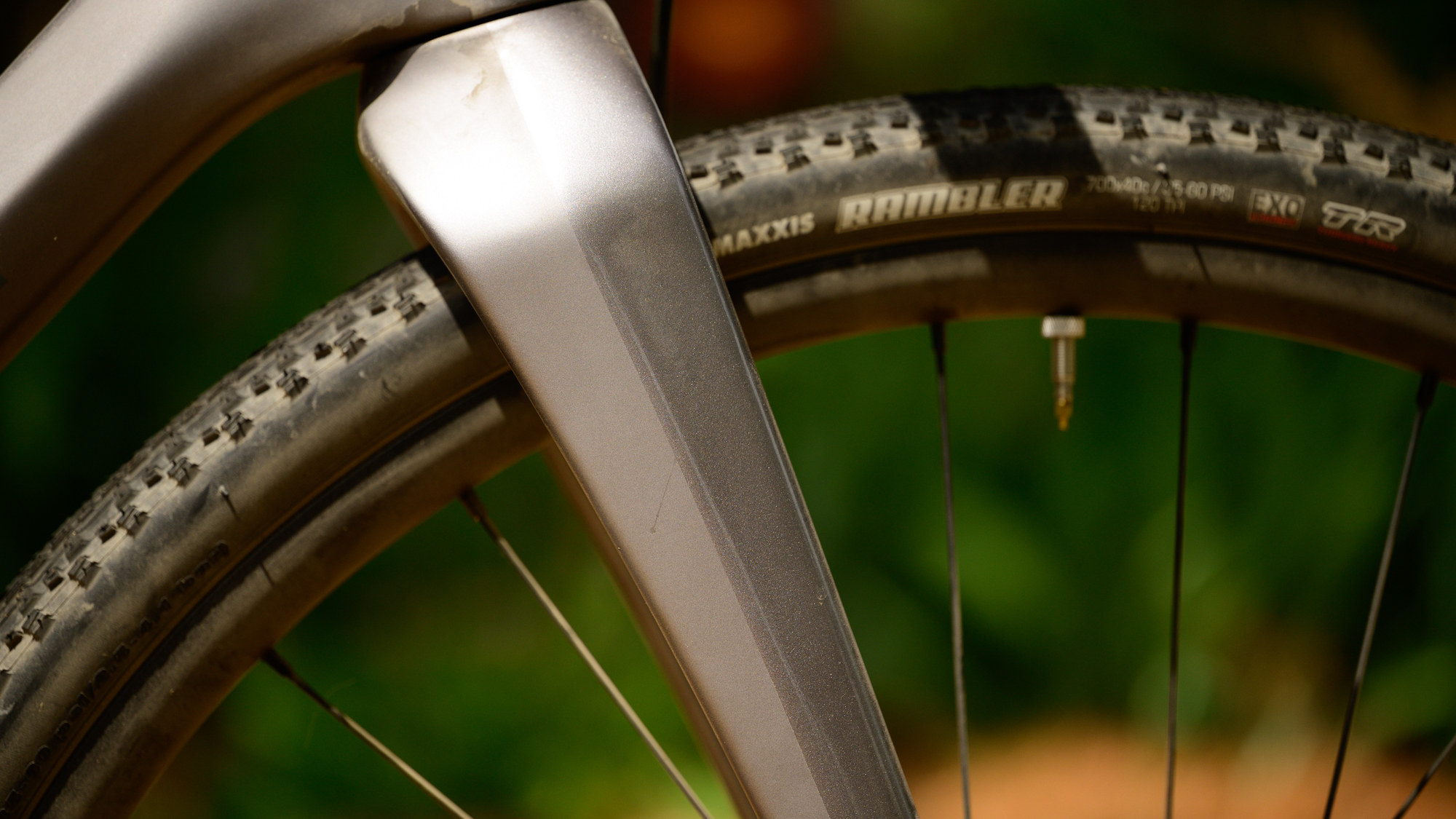
The seat tube is actually the most rounded tube on the frame, likely owing to dropper compatibility, but it's also much more complex than round. As you get closer to the threaded BSA bottom bracket, there's the often-seen curve that follows the rear wheel. As that curve starts to exit the tube, you can feel the round shape taking on distinct faces like the other tubes.
Of course, the chainstays also meet at the bottom bracket but there's no illusion of roundness to the chainstays. The non-drive side is a narrow rectangle that elegantly curves in and out to leave plenty of room for the 700x50mm max tyres and the crank arms. You'll have no problem fitting a crank-based power meter on this bike and you could take your pick of sides. The drive side chainstay uses a dropped design and it's even thinner. Keep in mind though that some of the massive clearance comes from the 1x-only design.
For colour, you get one of two choices. If you like some colour, you'll want Mint Chip. It pops against a grey sky in the original launch images and there's a bit more sophistication than is common in something like a red. The other option is T1000 which, if you don't get the reference, matches quite well with Silca titanium bottle cages. Both choices are glossy at the top of the bike before transitioning to matte at the bottom.
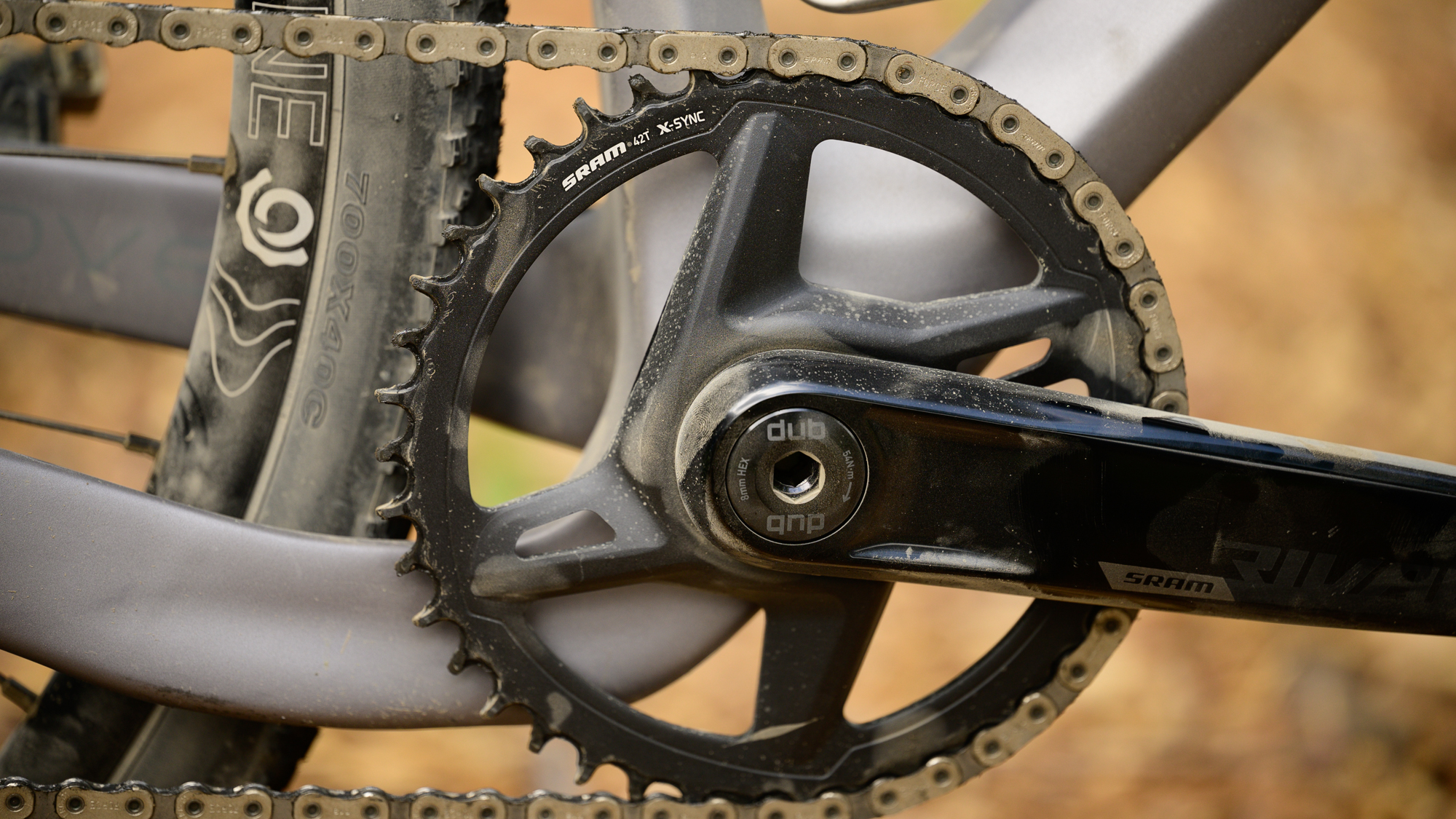
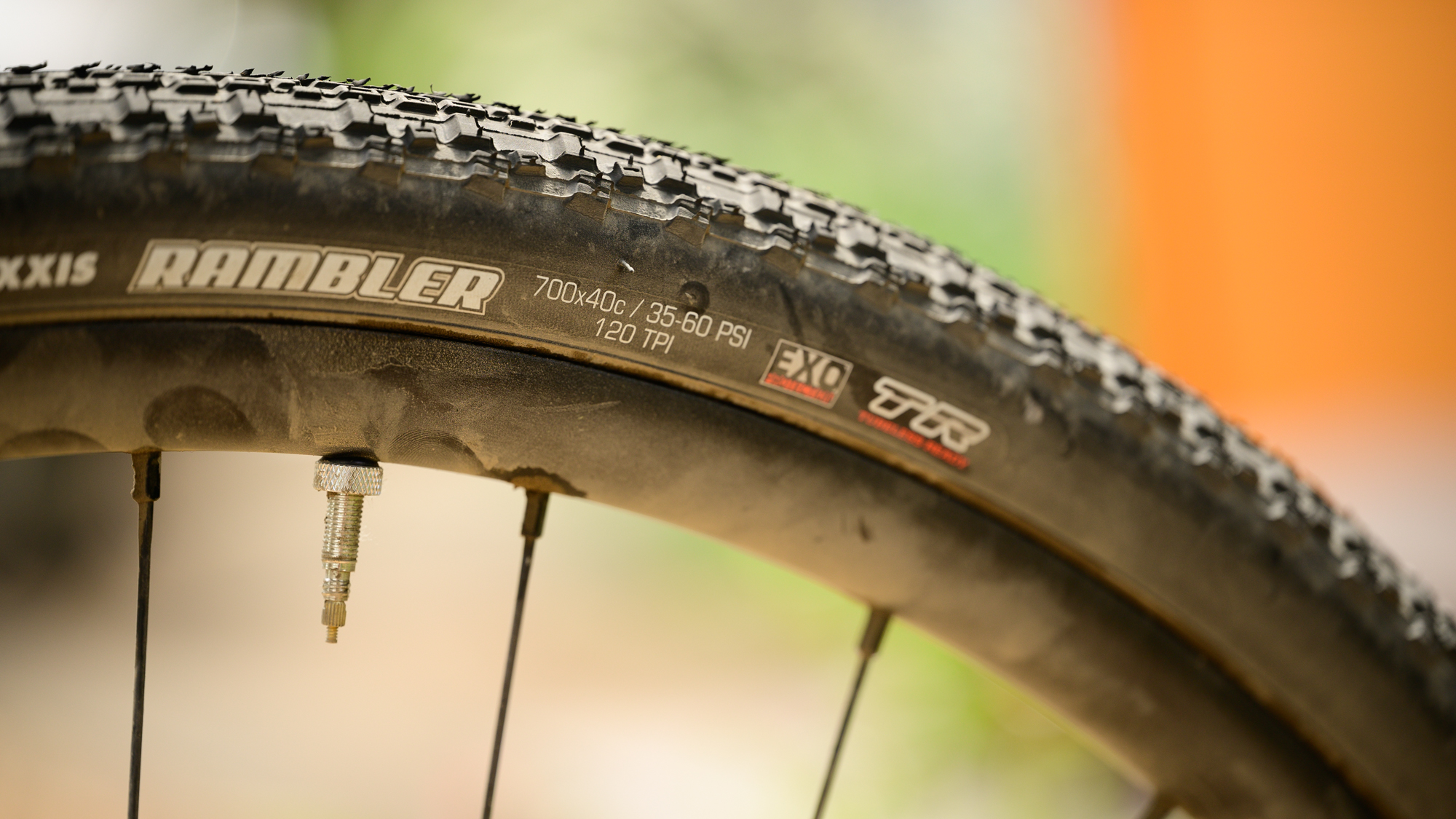
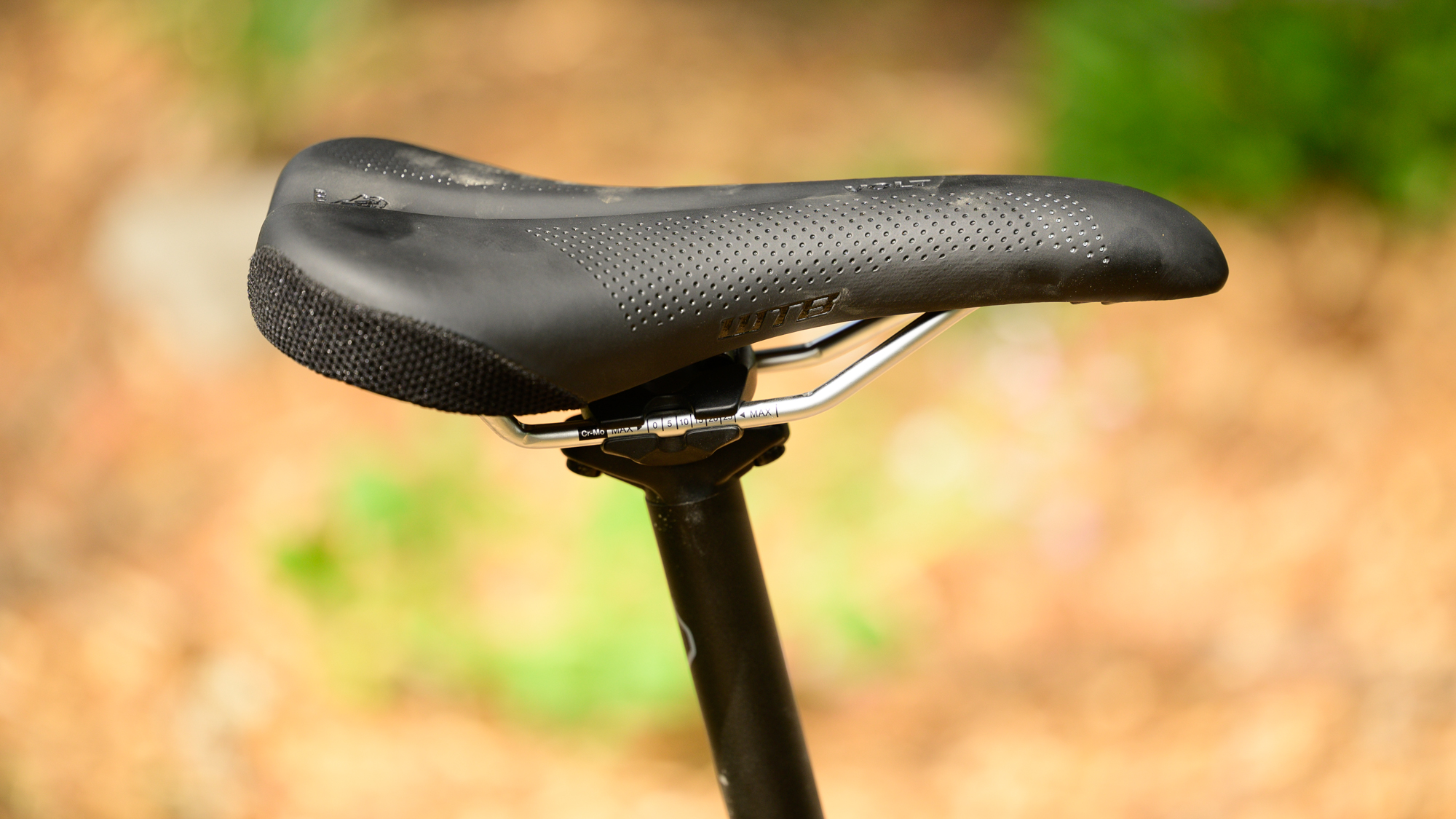
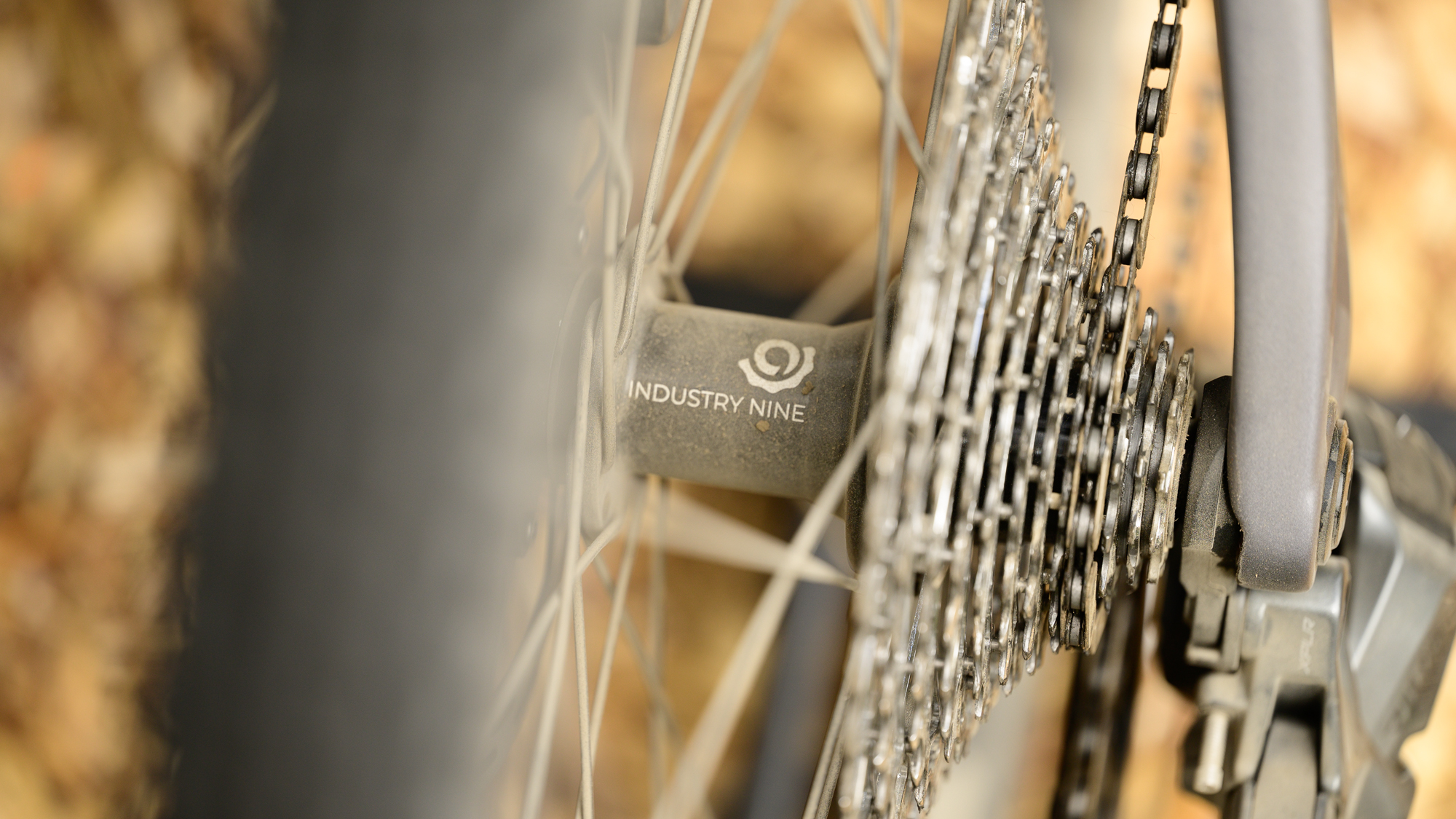
The build
The frame is the same no matter what build you choose. From there, the decision is between mechanical SRAM Rival or Shimano GRX or you can jump up to electronic shifting with a choice of Force AXS or Rival AXS. You've also got the option of getting just the frame and that's what you'll need to do for a Di2 or mullet build which are compatible but not available.
Of the builds that are available, only the Force AXS offers much distinction. If you take on the extra $1500 for that build, it comes with an Easton carbon cockpit along with RW23 Carbon Industry Nine Torch wheels. The nicer wheels are also available as an upgrade for all the builds and offer a 23mm internal width with FusionFibre recyclable (downcyclable) rims. Otherwise, you get the same WTB Volt CroMo mountain bike saddle and 31.8mm, non-setback, carbon seatpost at every build. The lower builds include Zipp aluminium bars and a 90mm Zipp stem.
The bike I tested was the Rival AXS option. In my particular case that also included a 90mm Easton aluminium stem and 44cm Zipp bars but that was an availability issue. Most consumers will see a size-appropriate Zipp bar and a matching Zipp stem. Gearing was smartly set at 10-44 (Rival XPLR) for the rear plus a 42-tooth crank. For the wheels, the no-extra-fee choice is the Industry Nine 700c 1/1 GCRX which actually offers a wider internal width, 24.5mm, than the upgraded RW23. Quoted weight for the wheels is 1,710g and they come paired with 40mm Maxxis Rambler tyres that look positively tiny in the massive front fork.
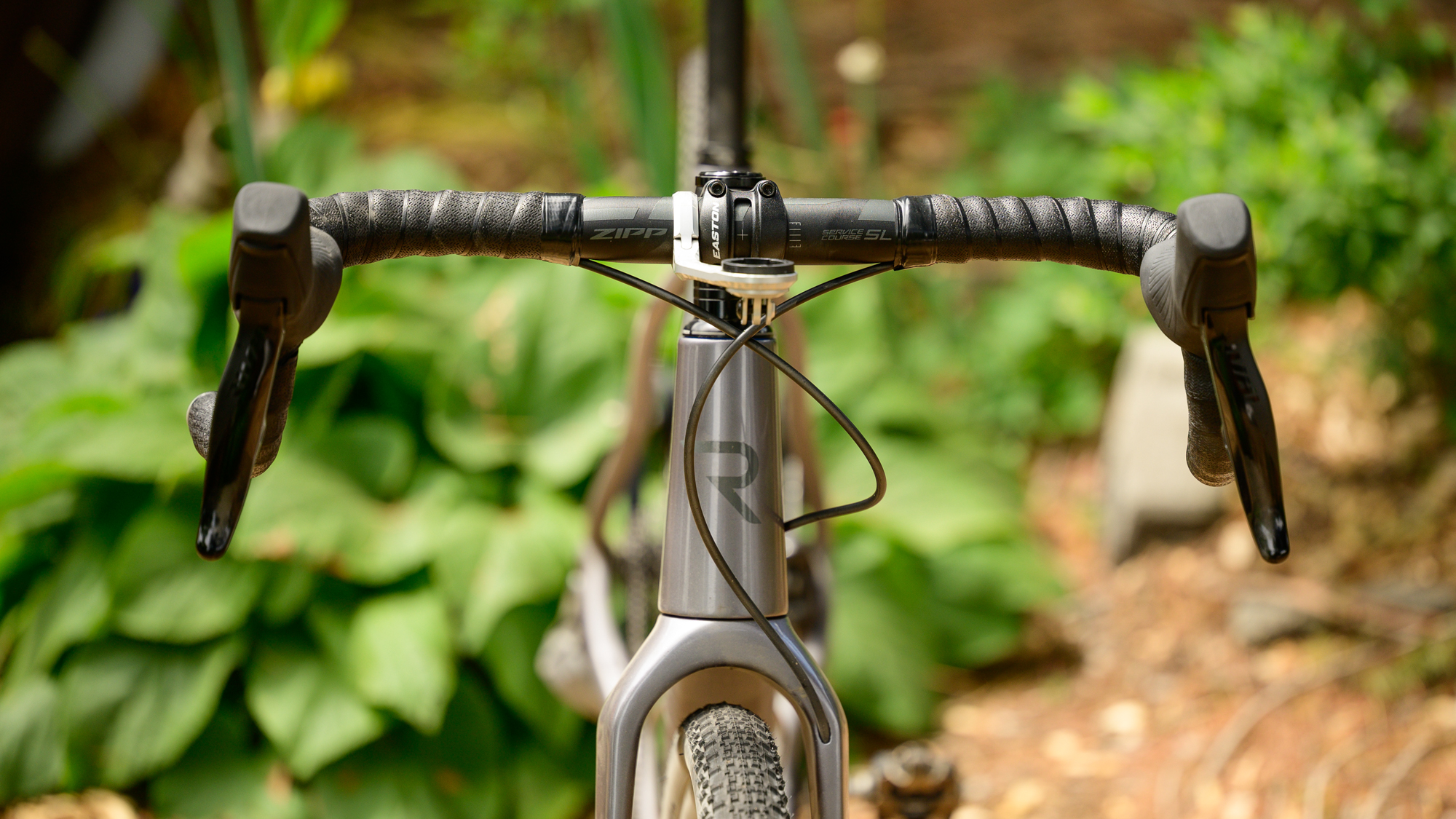
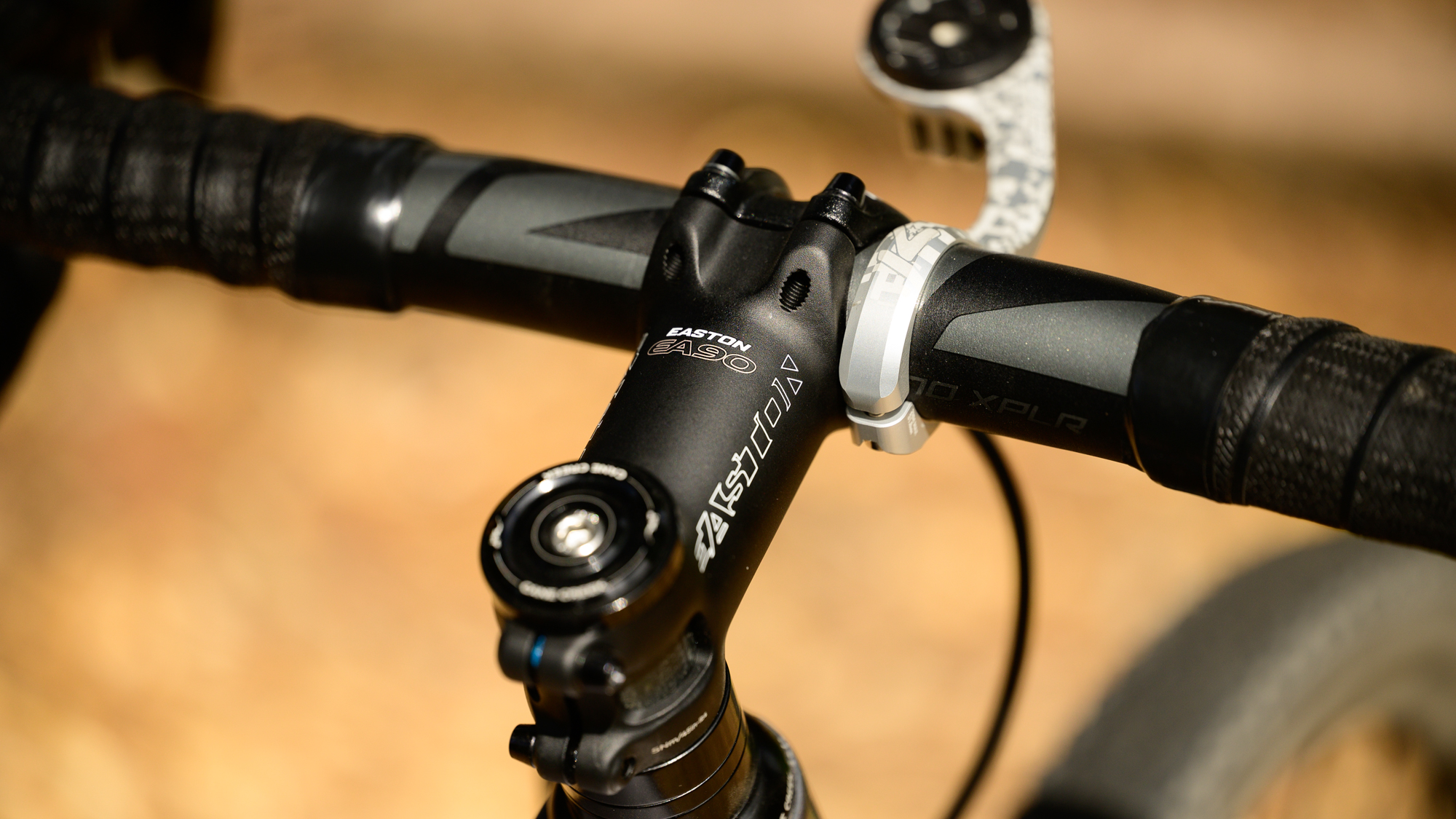
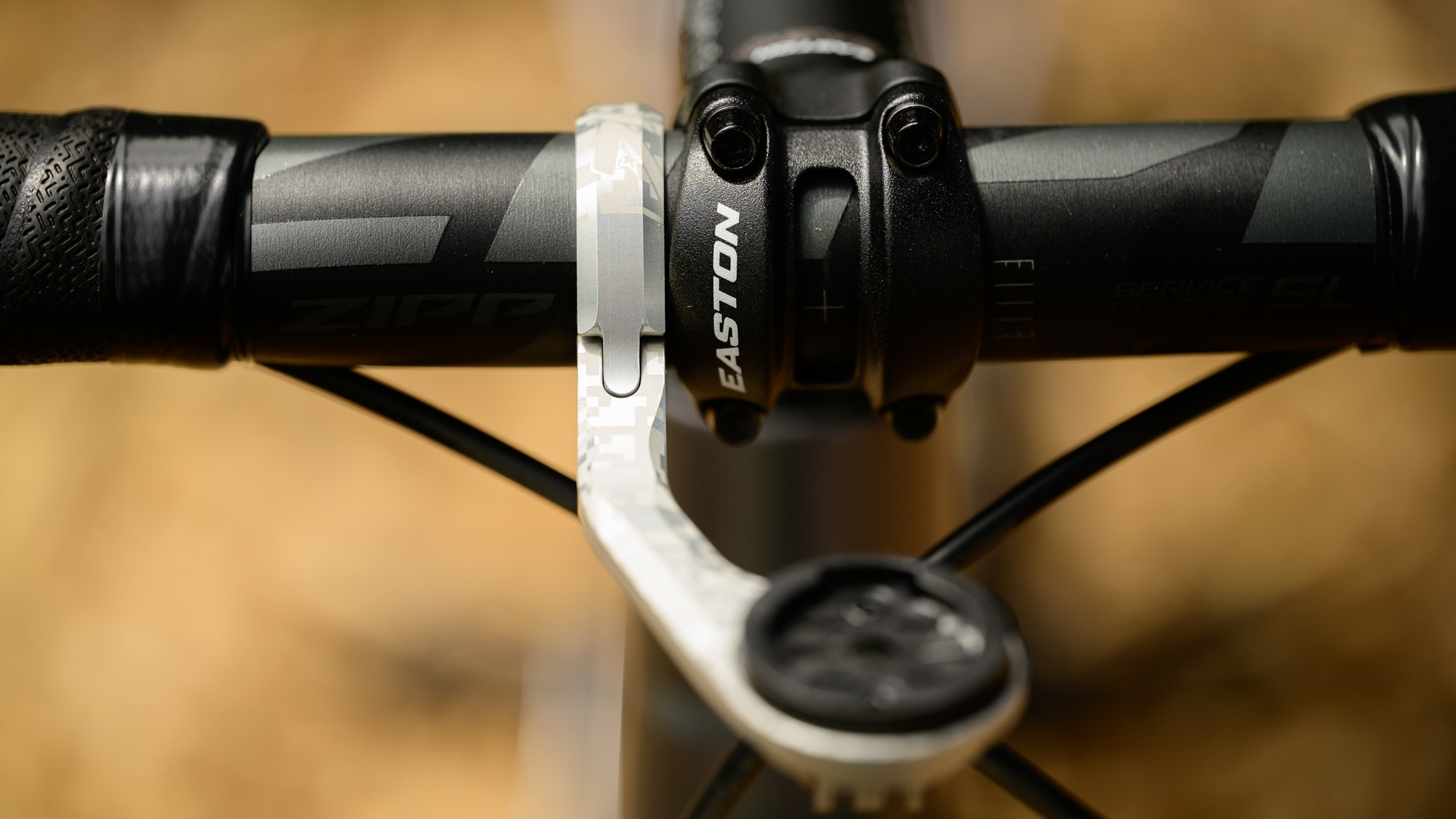
Performance
My favourite way to test a gravel bike is with a loop I've ridden many times over the years. It's about 100 miles / 160km starting from my front door. Initially, it's a flat mixed-use trail then it transitions to rolling hills and the final paved section is your choice of steep climbs. At the top of the ridge, you hit the gravel and it's what you'd call either American gravel or luxury gravel if you are American. You get to descend on it for a bit before hitting some double track that is smooth in some places and a bit more technical in others. The final section is more descending before heading back to the top of the ridge with a six-mile / 9.5km climb. Then it's home.
There's a variety of reasons I like the loop, I don't drive to the ride and so on, but more than anything, I think it encapsulates what a gravel bike should be able to do well. There's mellow city riding, there's out-of-the-city road riding, there's steep climbs, long climbs, fast gravel, and slow gravel. The best gravel bikes might be good at everything or they might excel in one particular area. The Revel Rover ended up being one of those bikes that shines in particular areas.
In the first hour or so, I thought I had the review written. The Rover isn't a particularly playful partner riding on flat pavement. I found it wanted to cruise at around 17.5 mph / 28 km/h and it didn’t beckon you to push harder. I suspect some of that is the wheel and tyre package but as usual, I tested the bike as it came to me.
As I got out of the city, I settled into the section where I like to get low and aero and let the distance fall away. The Rover does not respond well to this desire. From the very beginning I felt like the position was super comfortable but trying to get down low in an aero position is not this bike's forte. You can do it but it never feels quite right, this is not a long low gravel race bike.
This section of the ride did give me an opportunity to verify that the bike can move though. On the way out I got passed by a pro continental rider who was being motor-paced by a scooter. The draft looked tempting so I put down as much power as I could for a couple of minutes to try and catch on (I did not make the catch). Later in the day, in the same section, I again saw a draft that looked tempting. This time there was no motor pace but I was still at threshold for the ten minutes or so before my turn-off. In each case, what I noticed is that while the Rover doesn't feel playful in zone 3, and getting aero doesn't feel great, it can hold speed just fine if you put in the power and push into zone 4 or 5.
That feeling came back again as I pushed up the first major hill of the day. It's a little over 3 miles / 4.8km with an average 8.2% gradient (with spikes to 15%). I expected this would be a grind but it turns out the Rover can climb quite well. At home it scaled out at just over 19 lbs (8,680g exactly including heavy pedals) and just like on the flats, when you give it power the bike responds. Doesn't matter much if that's on the flats chasing a fast road rider or up a hill. In both cases, there's a bit of a dead zone in zone 3 but things wake up as you get more intense.
This is a gravel bike though, and it's the gravel section that the dead zone started to make more sense. With 40mm tyres on the road, there's nothing to smooth out and the frame just feels a bit dull. On the gravel, the rougher the better, that's when you can really tell what's happening. The frame is so smooth it almost feels like some kind of low-travel suspension system.
The smooth frame makes sense on the gravel and it doesn't feel dead at all. It's smooth but with a 420mm rear end, it's still lively. Actually, on gravel, the handling feels just a tad on the side of squirrely during fast descents and there’s a bit of a dual personality on display. The frame soaks up the bumps while the geometry feels much sharper. It handles tight turns pretty well, although my size medium still had moderate toe overlap with my cleats all the way back.
The place I thought all of these features came together the best was, again, the climbs. A long moderate climb is fast enough to appreciate the frame keeping your arms fresh and it highlights the low weight of the bike. At the same time, there’s no need to worry about toe overlap or the short rear end feeling loose. On the rougher double-track climbing sections, the precise handling made it easy to point at the correct line and again the frame soaking up impacts was appreciated. As I reflect back on the experience, it seems the Revel Rover is a smooth climber above all else.
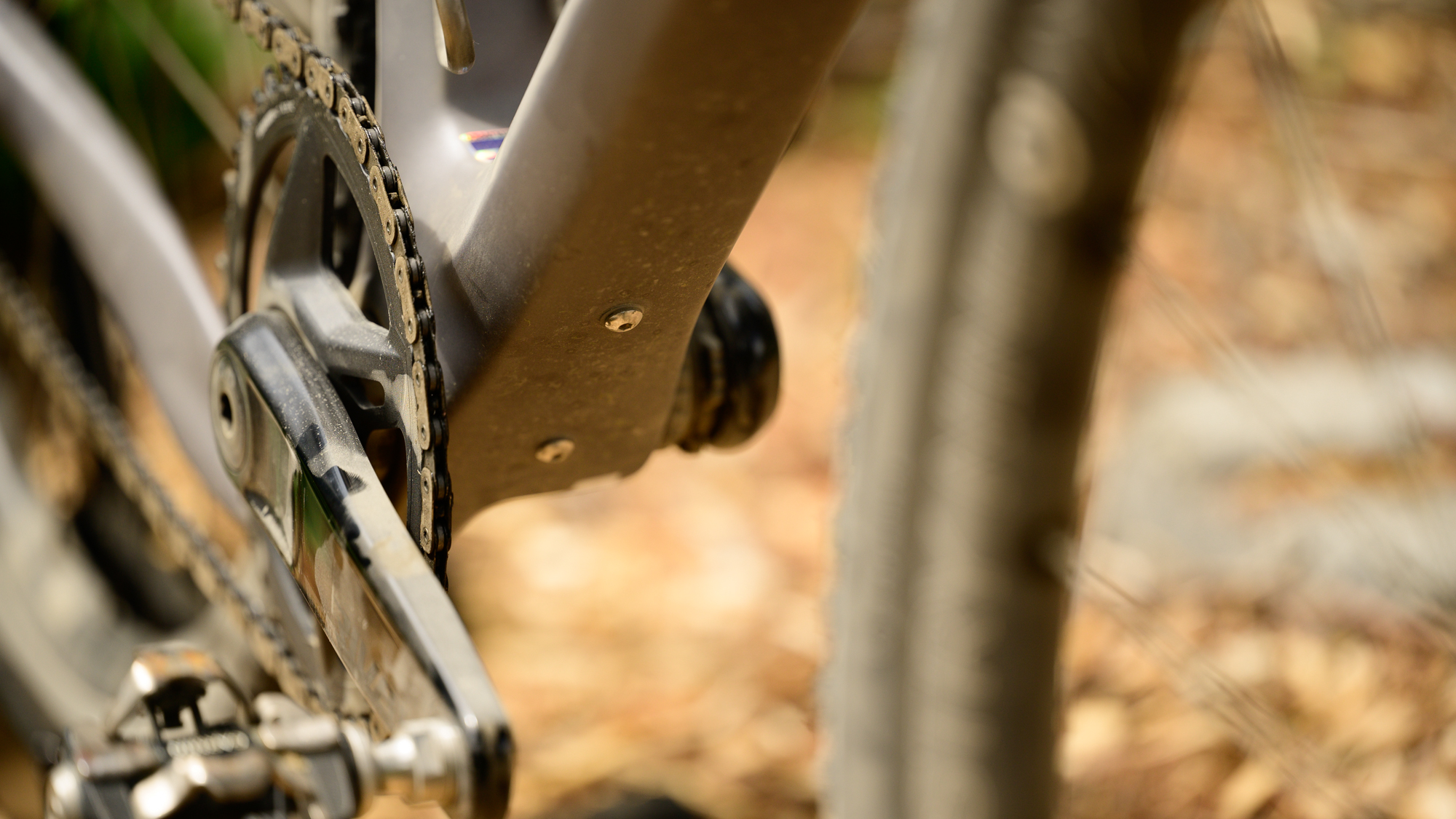
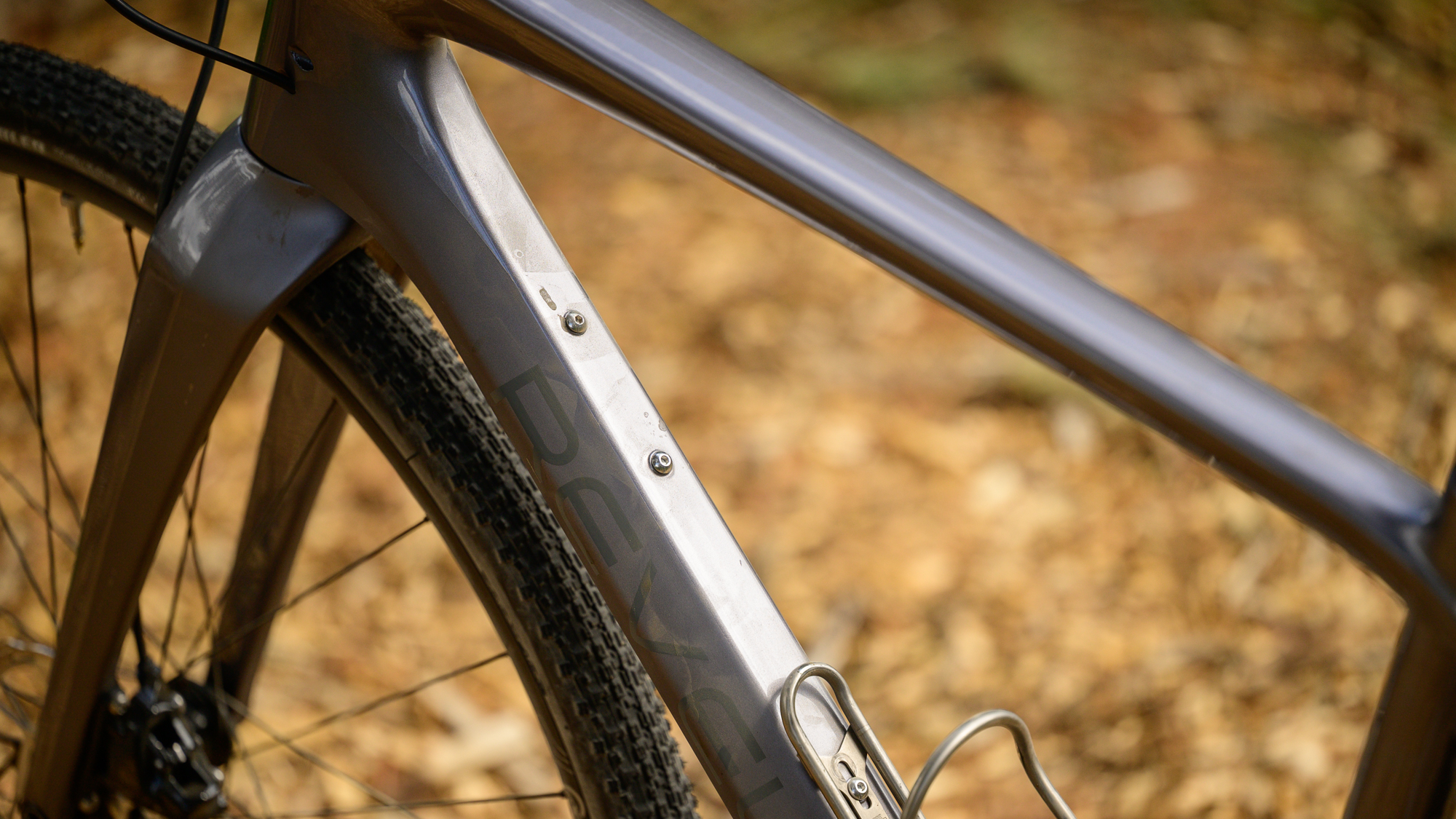
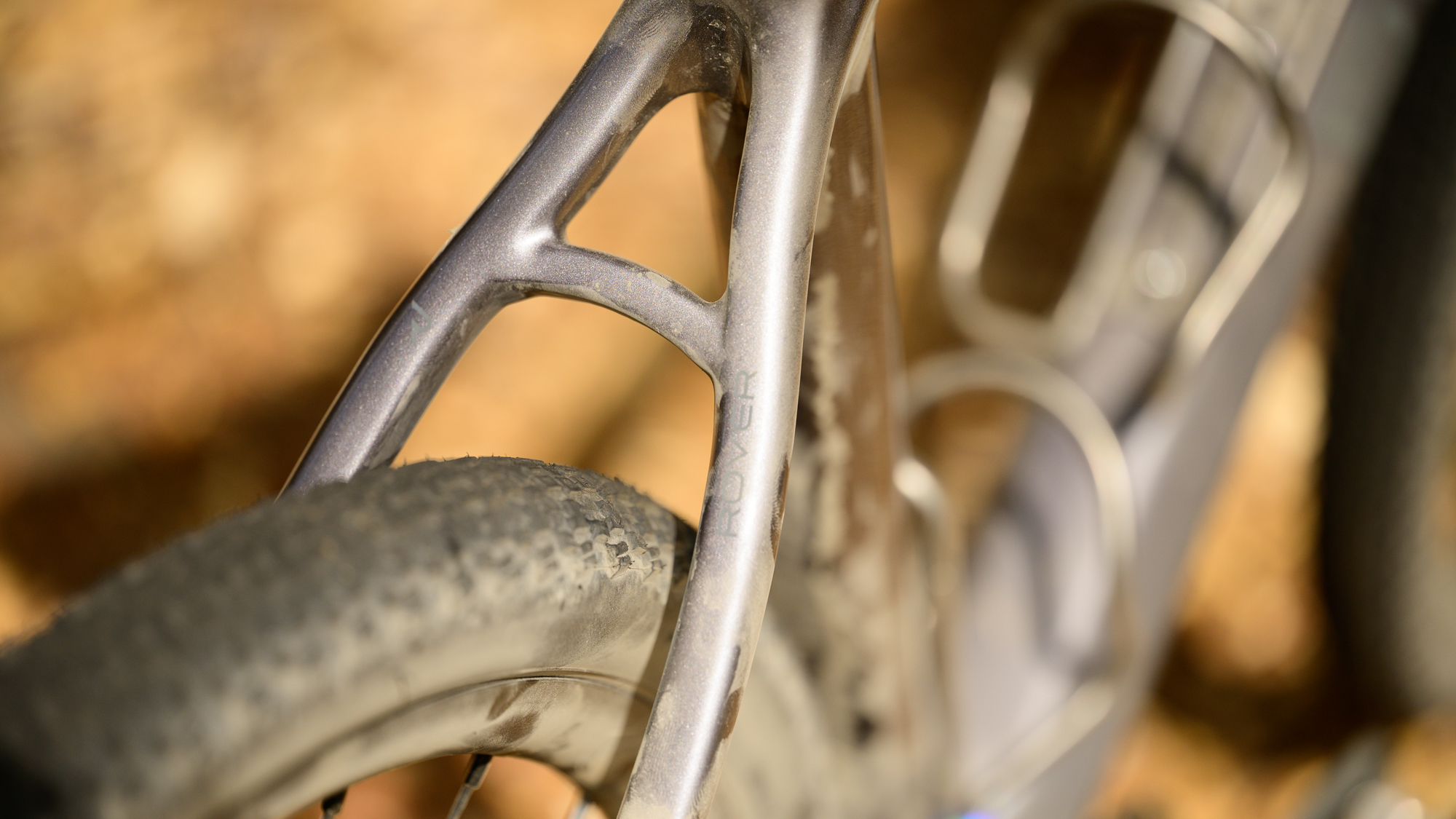
Value
This is the part of the review where the Revel Rover struggles the most. The Trek Checkpoint, Ribble Gravel SL, and Ventum GS1 are all significantly cheaper with a build that's almost the same. The Ventum isn't a bike I've ridden but if it's anything like the NS1, I suspect it's worth checking out. As for the Trek and the Ribble, they are both better as all around do everything bikes. All three bikes even have enough room to upgrade the wheels significantly and still stay under the price of the Revel and they aren’t the only choices. Canyon is an obvious contender here but for the price of the Revel, you can cast a very wide net and have a lot of final choice.
One oddity I did notice here is that the frame price for the Rover is much more competitive than the final build prices. Looking at the prices of the components involved, I’d guess the wheels are pushing the price up and they aren’t adding much to the ride. If you like the idea of the incredibly smooth frame consider sourcing only the frame and building up the rest of the bike yourself. If you want to keep the price low, look for less expensive aluminium wheels. If you have more budget, see if there’s a carbon wheel for only a small overall price increase. Our guide to the best gravel wheels will help.
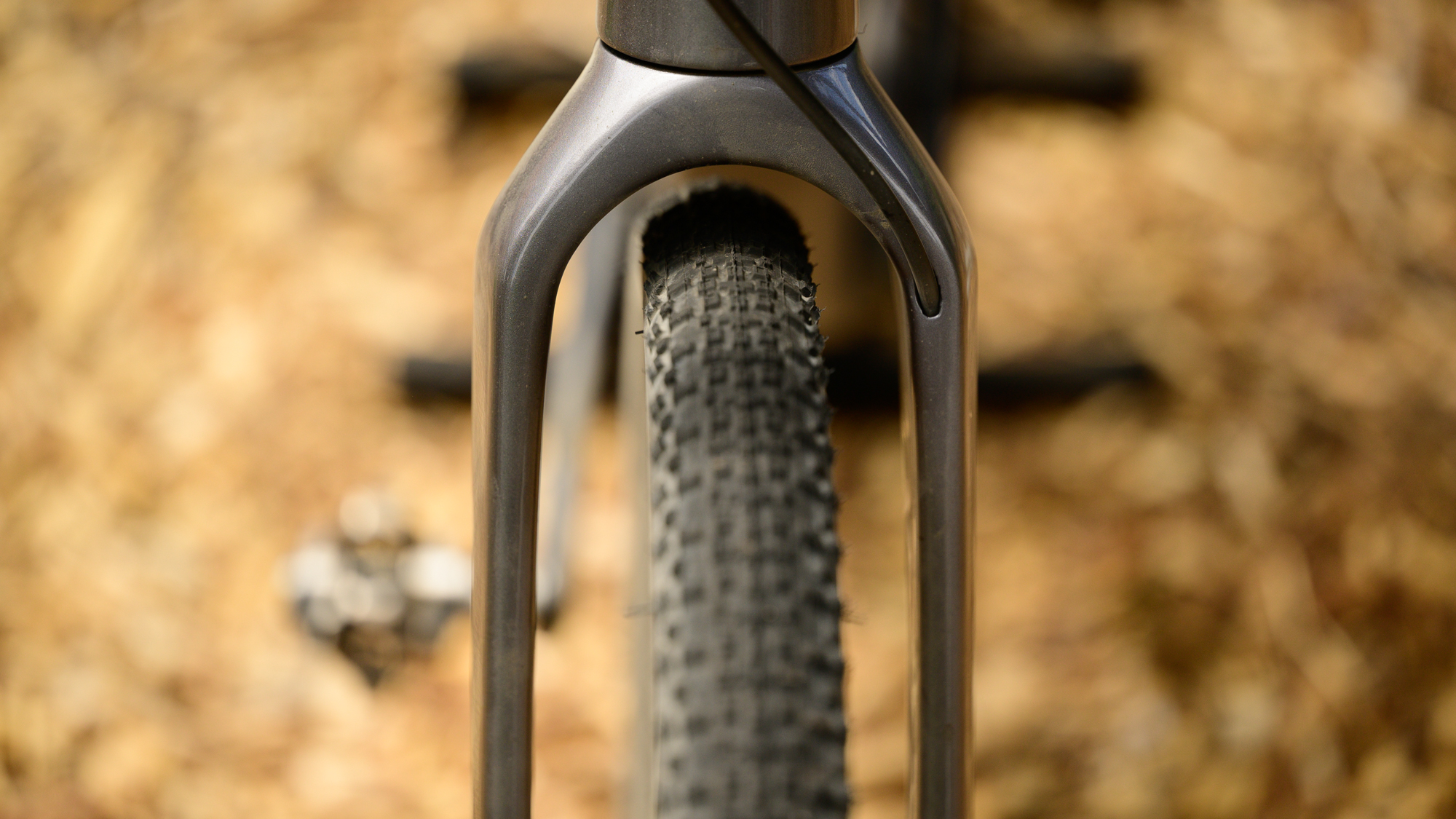
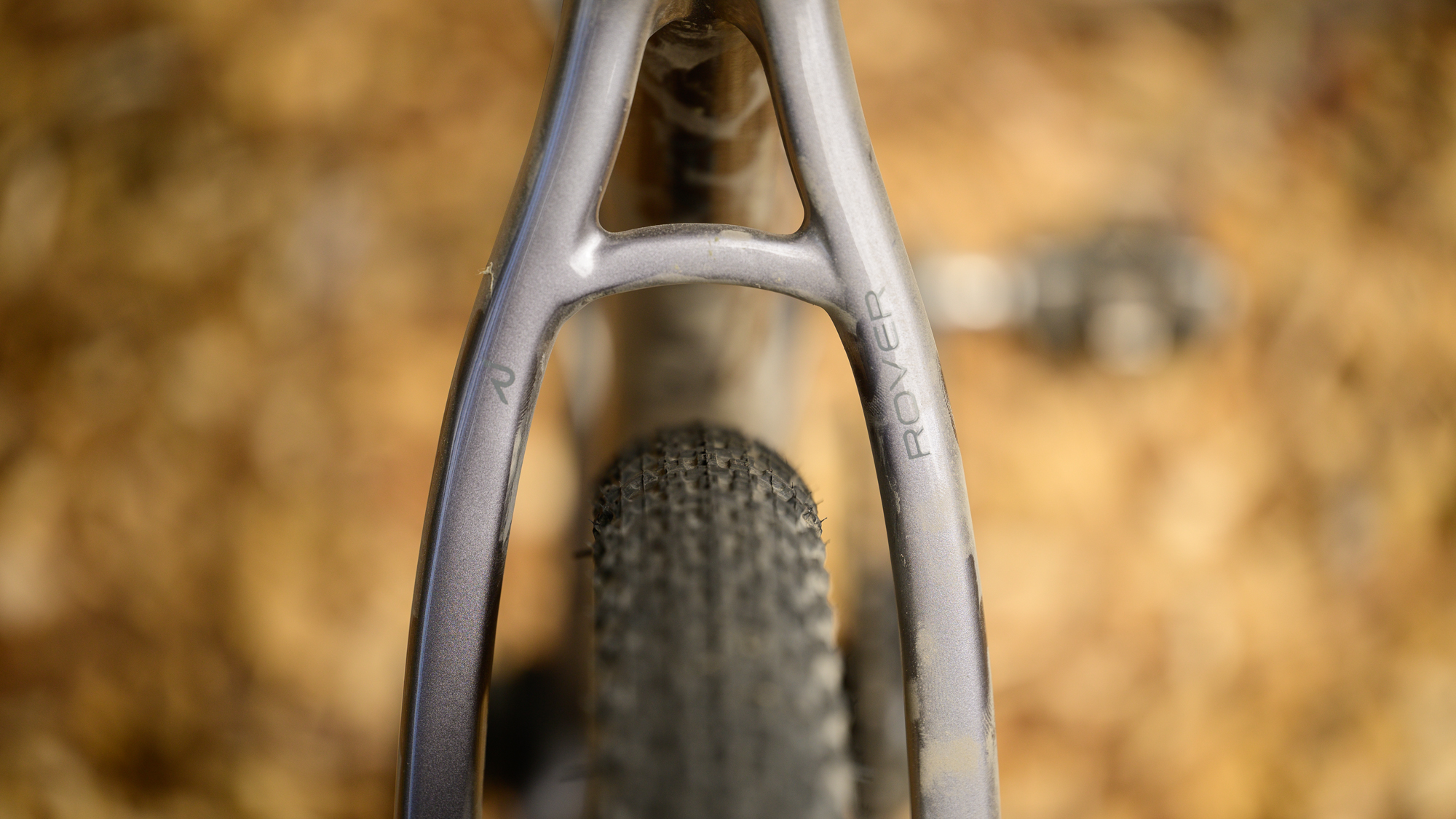

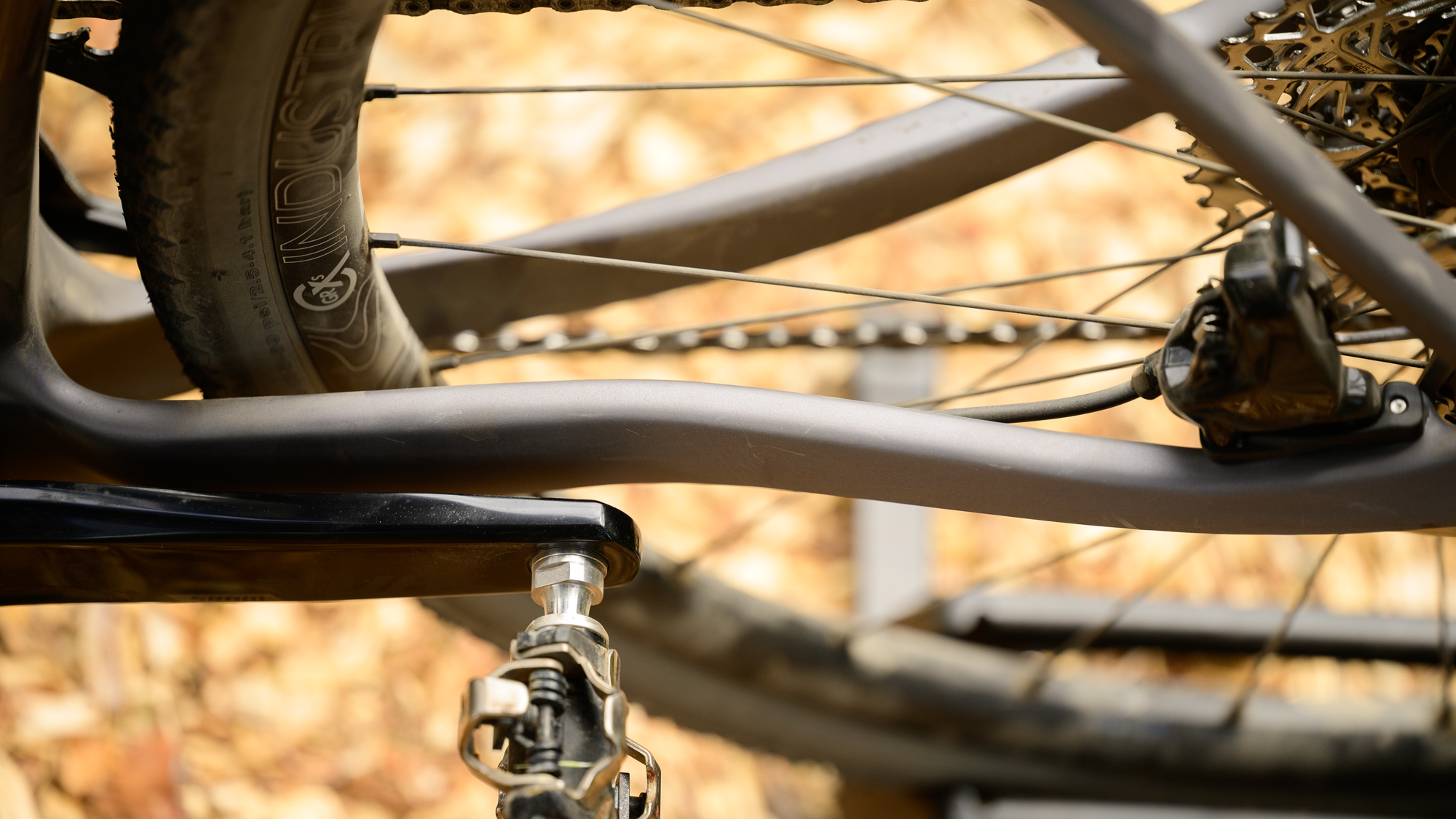
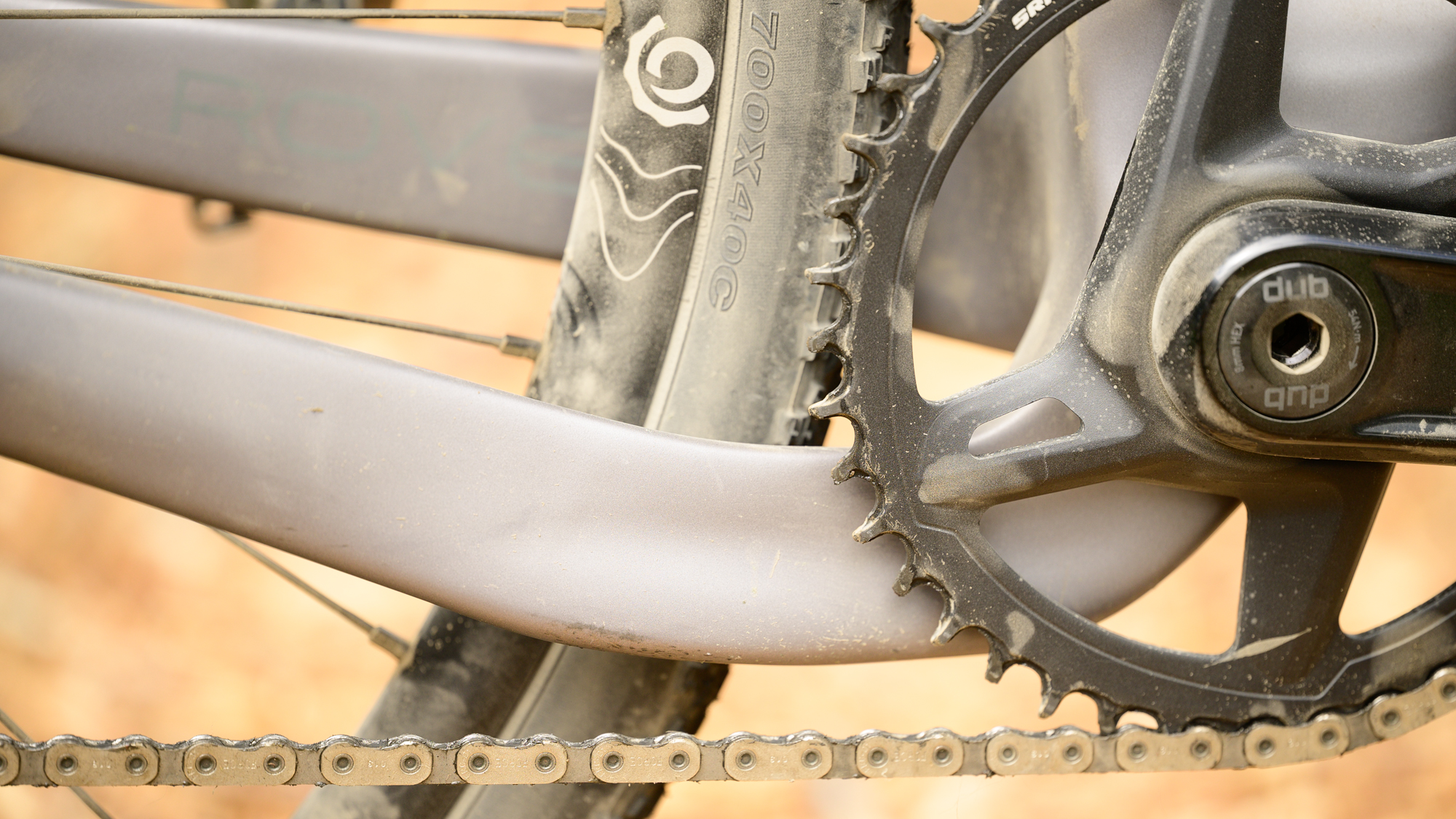
Verdict
As I spent time with the Revel Rover, then worked through the review, I felt myself being a bit puzzled by the vision. There are mounts for four bottles but no bento box mounts on the top tube. It doesn't feel as sharp as gravel race bikes in mixed surface riding, it doesn’t lend itself to trying to get aero, but at the same time it’s snappy on the gravel and the handling still feels sharper than you’d expect. It's one of the smoothest gravel bikes I've ever been on but the lack of mounting points on the fork seems to point away from this being a long-distance bikepacker's best choice.
Then there’s the frame. I keep mentioning how smooth this bike is and that's a function of the carbon frame. The low weight points to a thorough understanding of carbon construction and using a faceted design helps optimise the layup for compliance.
What really helped me bring all those seemingly disparate pieces together was talking with the owner of Revel. What he said is that it all starts with the company name. The conceptual idea is to 'revel' in the moment and that’s what this bike is good at. The Revel Rover is a bike designed for real fun, it’s smooth and precise in the dirt and it’ll leave you feeling fresh afterwards. There’s no bento box mounts because they ruin the lines and catch on shorts. Plus, it’s not a race machine, just add a bag and take a minute to grab some food. There are lots of bottle mounts because water is important when you are far from a source.
That all matches my experience but I didn’t put it all together right away because that’s not what I’m used to looking for in a bike. I look for outright performance and it’s very rare that I’d describe the experience as fun. It’s type two fun and it’s either fulfilling a specific training need or reaping the benefits of that training. When it comes to gravel I either compete in gravel races or spend 7+ hours covering mixed surfaces. Most people aren’t like me though. If you want to just have fun on a bike and then head home feeling fresh, the Revel Rover is worth consideration. There is a price premium to consider though, and it puts it directly in the firing line of hardtail mountain bikes.
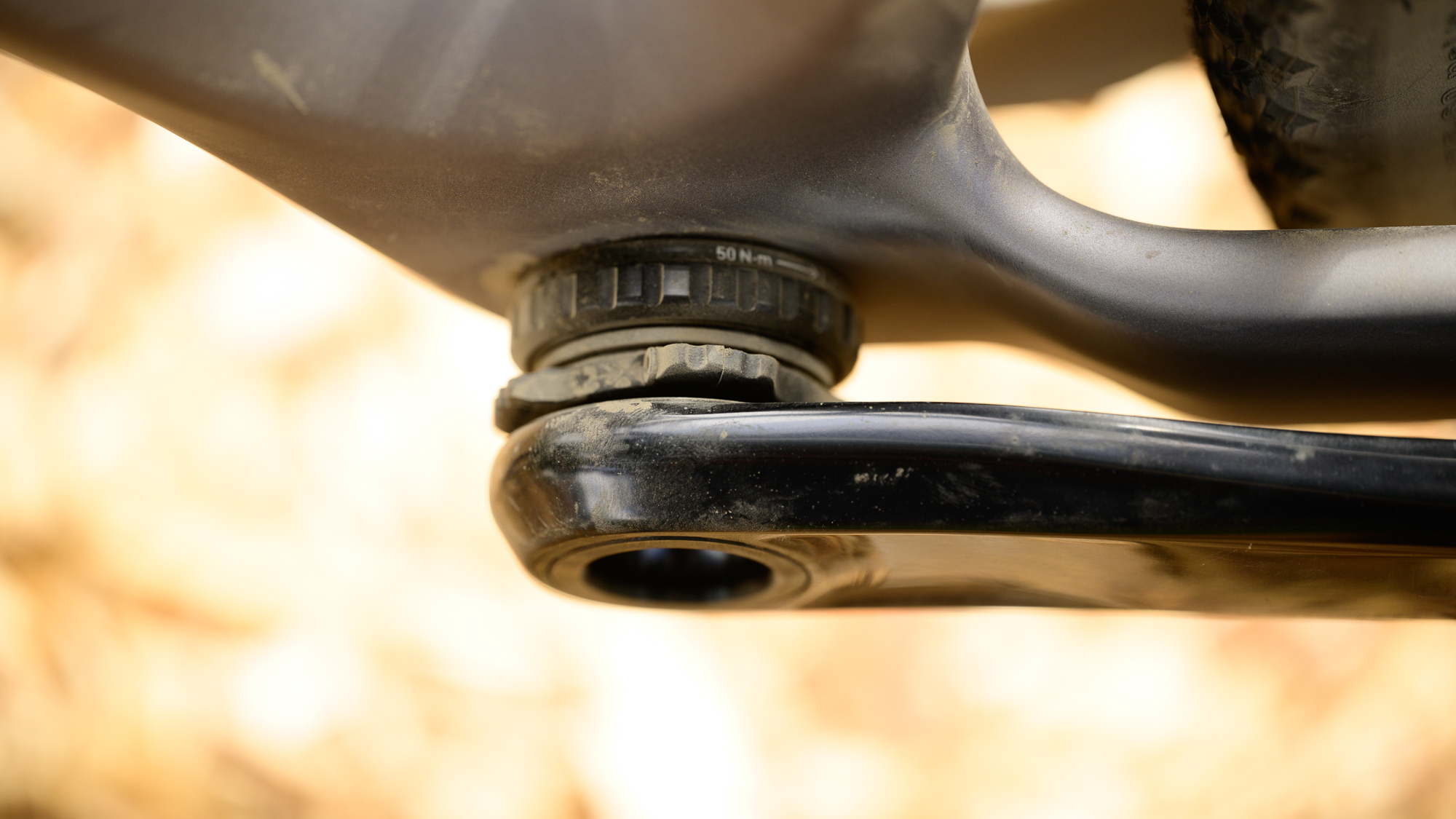
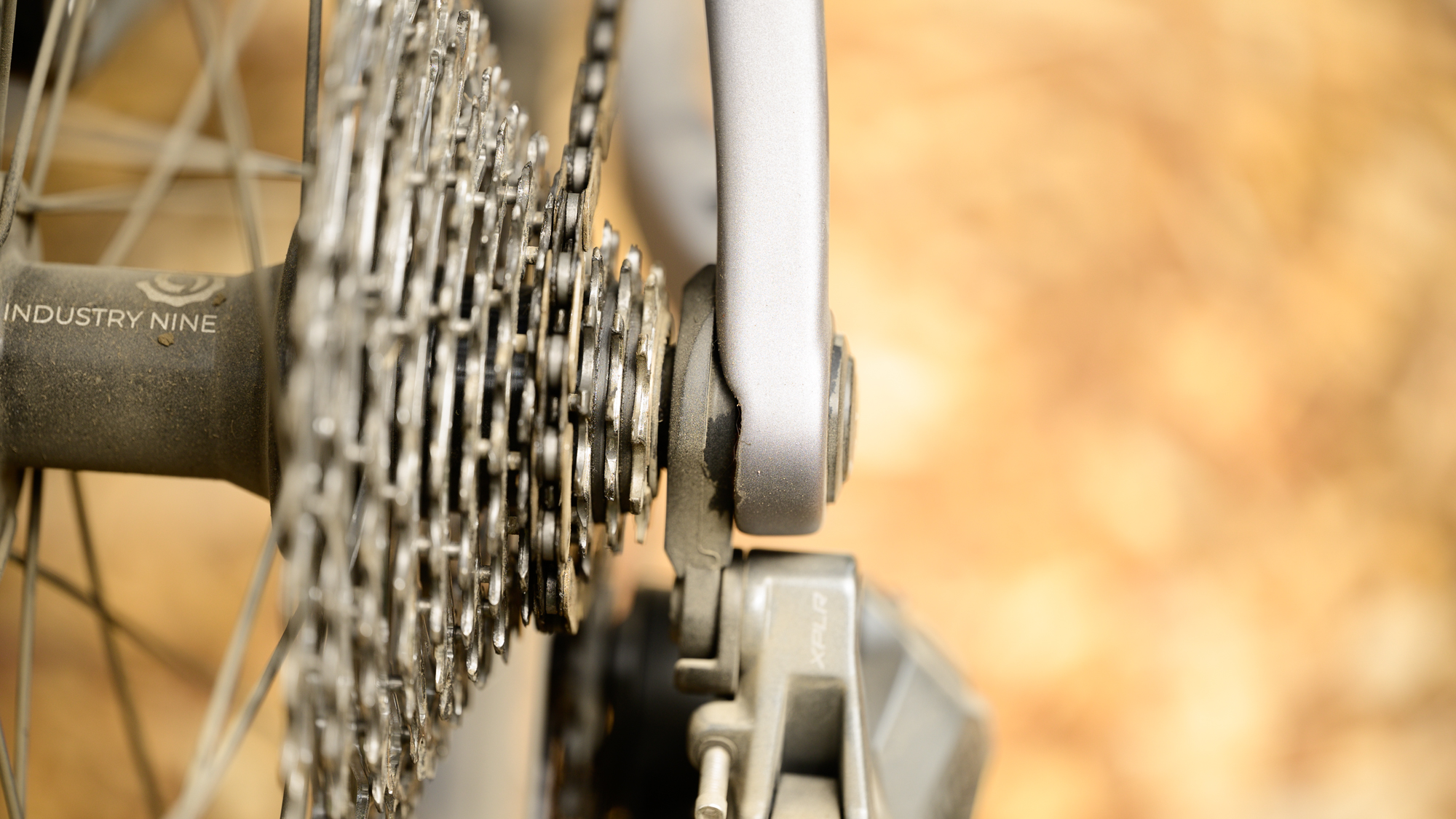
| Design and aesthetics | The engineering on this bike amounts to a master class in what carbon can do. SRAM UHD is a big bonus and the aesthetics are solid. | 10/10 |
| Build | You pay a lot for what you get. In particular, the wheels seem expensive and they don’t add much to the build. | 9/10 |
| Performance | There’s a specific use case for the bike but it does a great job when put in the right situation. | 8/10 |
| Weight | It’s not the lightest bike out there but it’s definitely up there with the best. | 9/10 |
| Value | There are so many great bikes for this price or less. You are basically paying for the carbon layup. | 6/10 |
| Overall | Row 5 - Cell 1 | 76% |
Josh hails from the Pacific Northwest of the United States but would prefer riding through the desert than the rain. He will happily talk for hours about the minutiae of cycling tech but also has an understanding that most people just want things to work. He is a road cyclist at heart and doesn't care much if those roads are paved, dirt, or digital. Although he rarely races, if you ask him to ride from sunrise to sunset the answer will be yes. Height: 5'9" Weight: 140 lb. Rides: Salsa Warbird, Cannondale CAAD9, Enve Melee, Look 795 Blade RS, Priority Continuum Onyx
